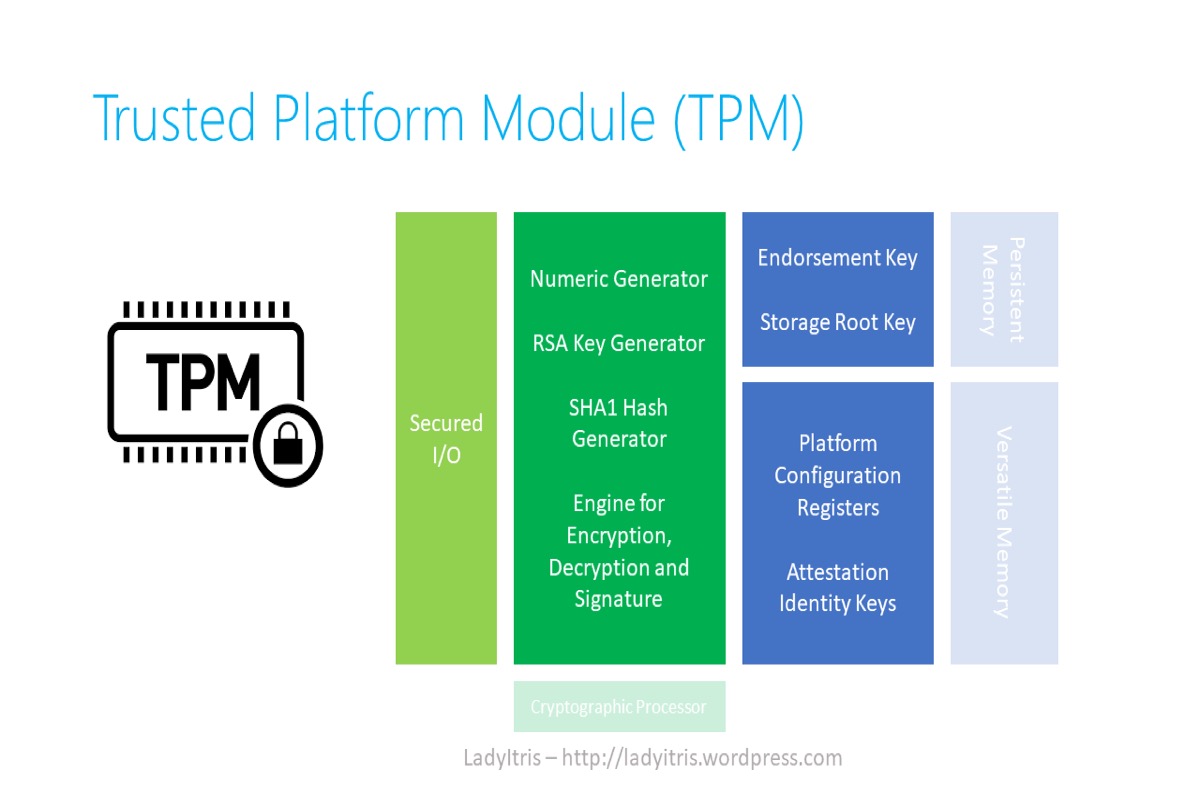Kinds of reasons that may cause you can't copy files to the external hard drive and we list some reasons below for you.
- Incompatible file system
- The file in use
- Lack of permission
- Malware infection
The first thing you need to do is to check the file system of your USB drive. Take the following steps to check whether your USB has been formatted with NTFS.
- Connect your USB drive to your Mac.
- Go to Finder > Applications > Utilities > Disk Utility.
- Select your drive and the file system will show in the right panel.
NTFS is a Windows file system that doesn't been supported by Mac. If your USB is NTFS formatted, you can't write, delete, copy, or rename files from it on your Mac. At this time, what you need is a Mac NTFS reader.
iBoysoft NTFS for Mac allows you to mount an NTFS drive on your Mac and copy, write, delete, or rename files on it without formatting. With such a powerful tool, you can mount the NTFS drive in read-write mode easily and securely. Follow the below steps to get full control of your NTFS drive on your Mac.
Step 1: Free download and install iBoysoft NTFS for Mac.
Step 2: Connect your USB drive to your Mac correctly.
Wait for your drive mount successfully and then you can do any writing operations you want on your drive. You need to know that you may be asked to enable System Extensions to gain full disk access.
If you don't want to use third-party software, you need to format your USB drive with a Mac-supported file system.
- Mount your drive in Disk Utility.
- Select your drive and click Erase in the top toolbar.
- Type in a new name and choose a format for your drive.
- Click Erase to start.
One thing you should know is that you will lose all the data on your USB drive after formatting, so you'd better back up your data before you do that.


